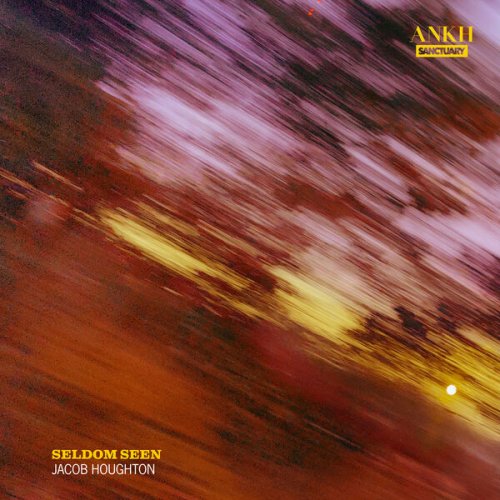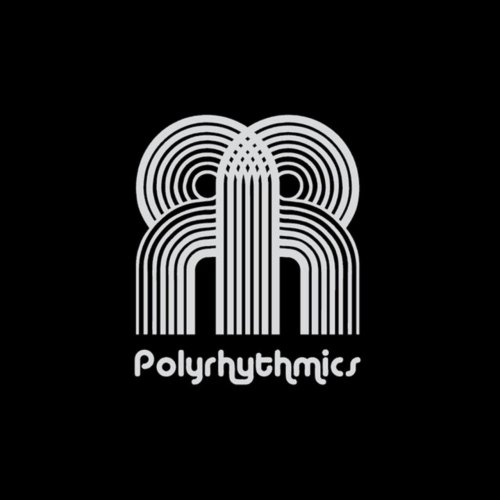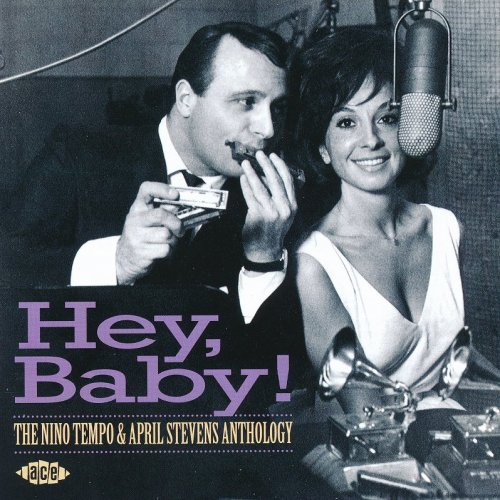Taylor Barnett - Two Quartets: 2 for One (2019)
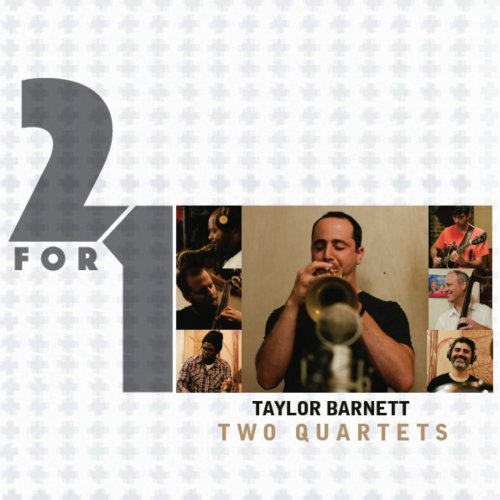
Artist: Taylor Barnett
Title: Two Quartets: 2 for One
Year Of Release: 2019
Label: NetWorth Records
Genre: Jazz
Quality: FLAC (tracks)
Total Time: 55:38 min
Total Size: 362 MB
WebSite: Album Preview
Tracklist:Title: Two Quartets: 2 for One
Year Of Release: 2019
Label: NetWorth Records
Genre: Jazz
Quality: FLAC (tracks)
Total Time: 55:38 min
Total Size: 362 MB
WebSite: Album Preview
01. For Now
02. Windswept
03. Cannon=law
04. 2 for One (Day 2)
05. On the Zone
06. Suspended Before the Steps
07. For Kenny
08. Red Lines
09. The Other Side
10. 2 for One (Day 1)
“Two Quartets: 2 For One” is an exploration of the compositional and arranging possibilities for jazz quartet. In general, the long tradition of jazz quartets falls into two categories of instrumentation:
• Single horn or voice + rhythm section (i.e. John Coltrane Quartet)
• Two horns + bass and drums (i.e. Gerry Mulligan/Chet Baker Quartet, Ornette Coleman Quartet)
These two permutations of the quartet each offer particular opportunities and challenges for an arranger. The single horn + guitar, bass, drums quartet offers more chordal possibilities, due to the greater number of pitches that can be played simultaneously. Pieces such as “For Now” and “On the Zone” are harmonically driven and generally homophonic in texture (melody with accompaniment).
The two horn + bass and drums quartet lends itself to contrapuntal writing, with the trumpet and saxophone able to play two independent lines over the bass. “The Other Side” is a good example of this type of writing. The challenge for this instrumentation is to invoke a sense of harmonic fullness, with only three pitches at any time, which “For Kenny” (dedicated to the late British flugelhornist/composer Kenny Wheeler) exemplifies.
To drive home the distinction between the two quartets, I recorded the blues “2 For One” with both groups. The guitar quartet played the tune more slowly, with plunger-muted trumpet, and the guitar playing harmonic accompaniment. The two horn quartet recorded the tune much faster, and I wrote a tenor sax counterline, inspired by Thelonious Monk’s cheeky use of dissonance.
This album was recorded in two back-to-back days, by Lance Koehler. He embraced the challenge of capturing and highlighting the unique sound of each quartet, while also crafting a unified and complementary sound between the two groups.
• Single horn or voice + rhythm section (i.e. John Coltrane Quartet)
• Two horns + bass and drums (i.e. Gerry Mulligan/Chet Baker Quartet, Ornette Coleman Quartet)
These two permutations of the quartet each offer particular opportunities and challenges for an arranger. The single horn + guitar, bass, drums quartet offers more chordal possibilities, due to the greater number of pitches that can be played simultaneously. Pieces such as “For Now” and “On the Zone” are harmonically driven and generally homophonic in texture (melody with accompaniment).
The two horn + bass and drums quartet lends itself to contrapuntal writing, with the trumpet and saxophone able to play two independent lines over the bass. “The Other Side” is a good example of this type of writing. The challenge for this instrumentation is to invoke a sense of harmonic fullness, with only three pitches at any time, which “For Kenny” (dedicated to the late British flugelhornist/composer Kenny Wheeler) exemplifies.
To drive home the distinction between the two quartets, I recorded the blues “2 For One” with both groups. The guitar quartet played the tune more slowly, with plunger-muted trumpet, and the guitar playing harmonic accompaniment. The two horn quartet recorded the tune much faster, and I wrote a tenor sax counterline, inspired by Thelonious Monk’s cheeky use of dissonance.
This album was recorded in two back-to-back days, by Lance Koehler. He embraced the challenge of capturing and highlighting the unique sound of each quartet, while also crafting a unified and complementary sound between the two groups.
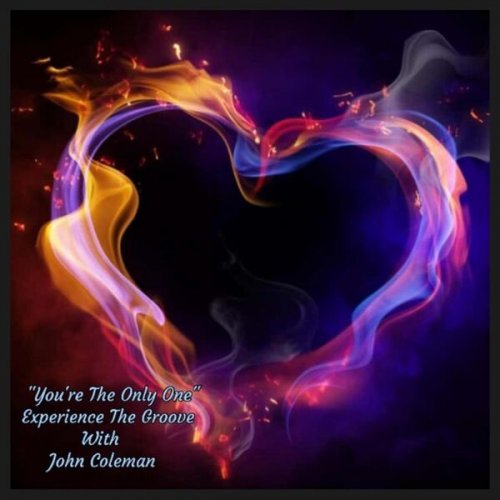
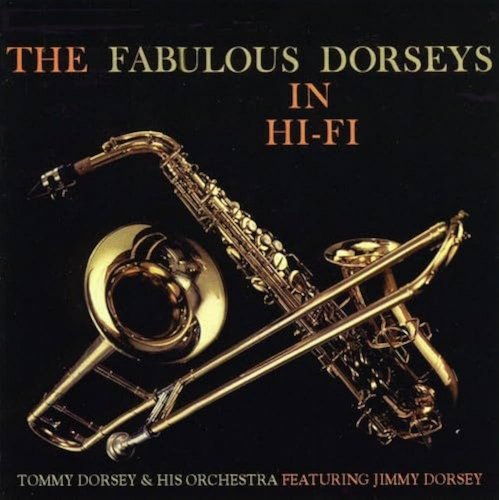
![Sergio Di Finizio - O (2025) [Hi-Res] Sergio Di Finizio - O (2025) [Hi-Res]](https://www.dibpic.com/uploads/posts/2025-12/1766111303_ri3vjk7q73zkc_600.jpg)
![Dave Bainbridge - ON THE EDGE (OF WHAT COULD BE) (2025) [Hi-Res] Dave Bainbridge - ON THE EDGE (OF WHAT COULD BE) (2025) [Hi-Res]](https://img.israbox.com/img/2025-12/18/7l4en830rpyaxdtr7izc3qrx6.jpg)
